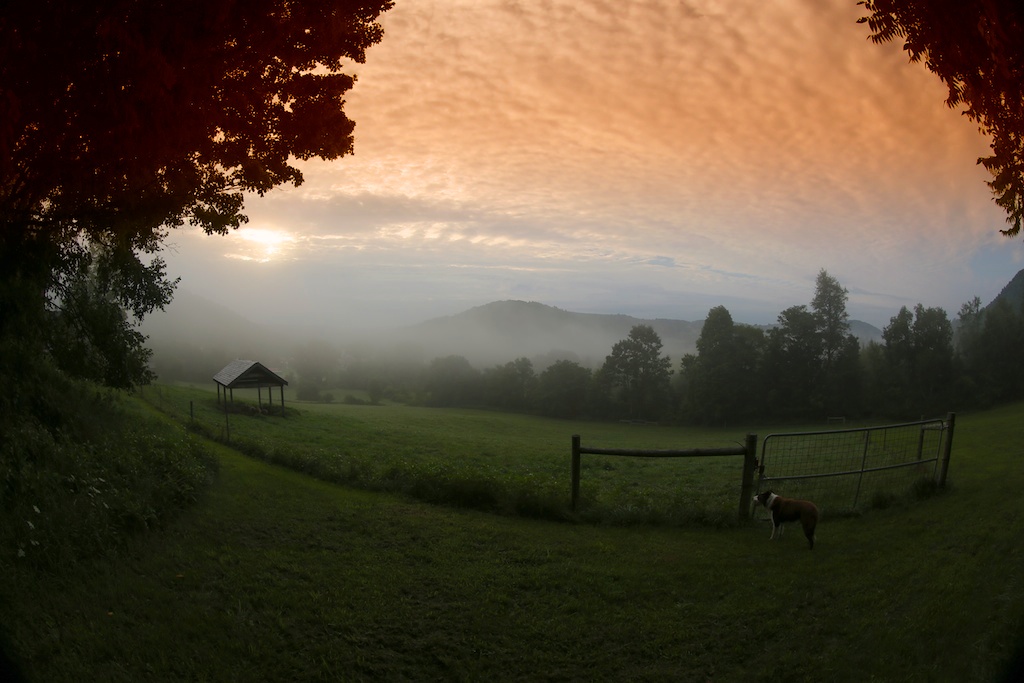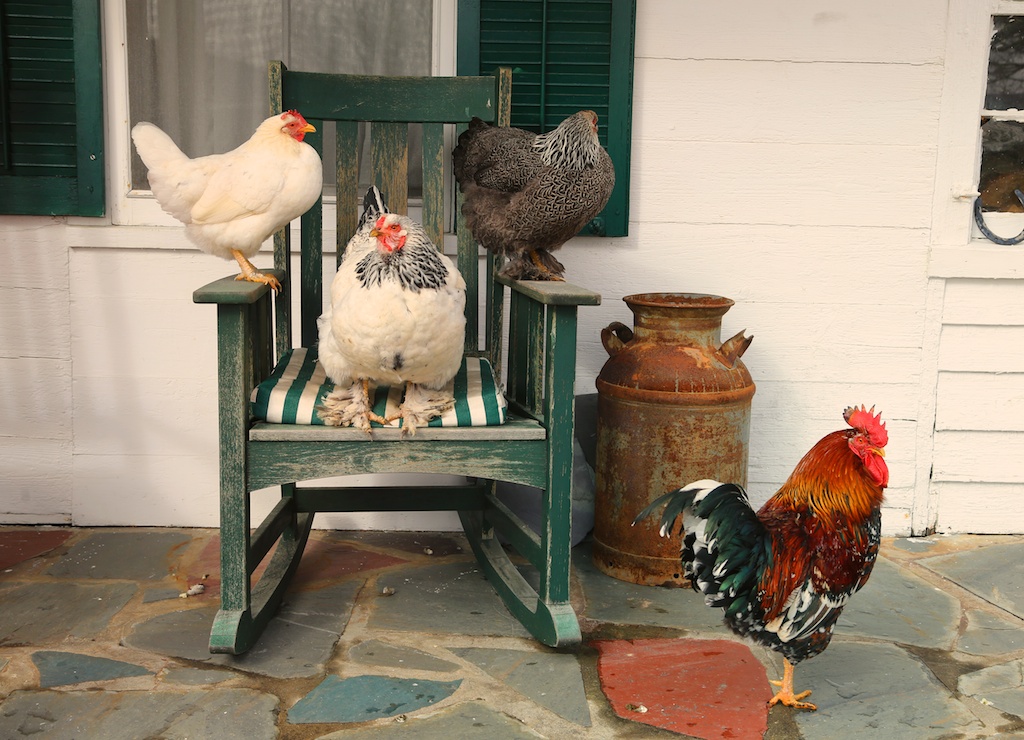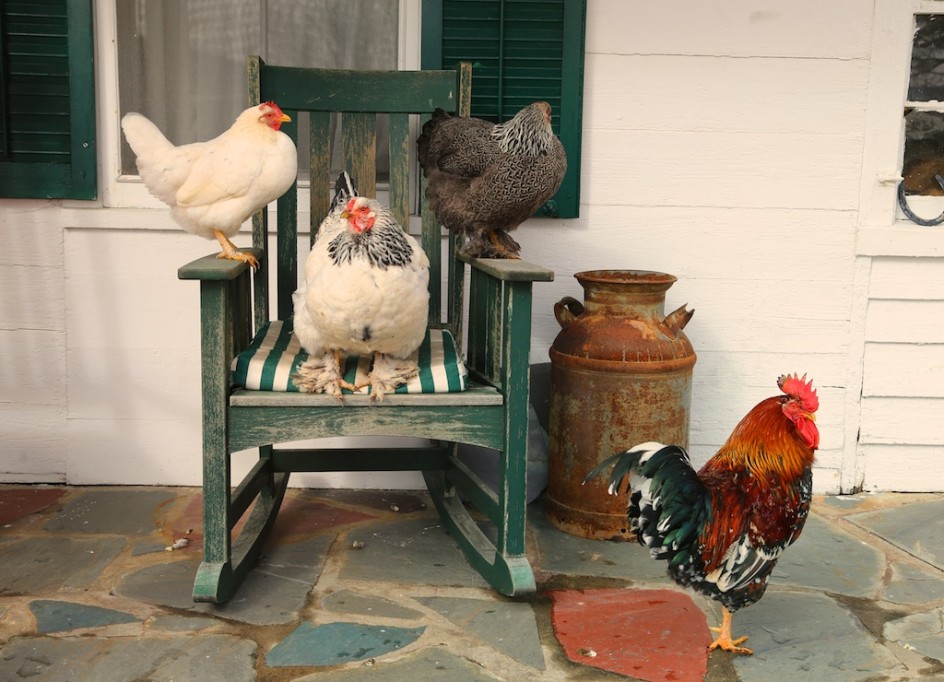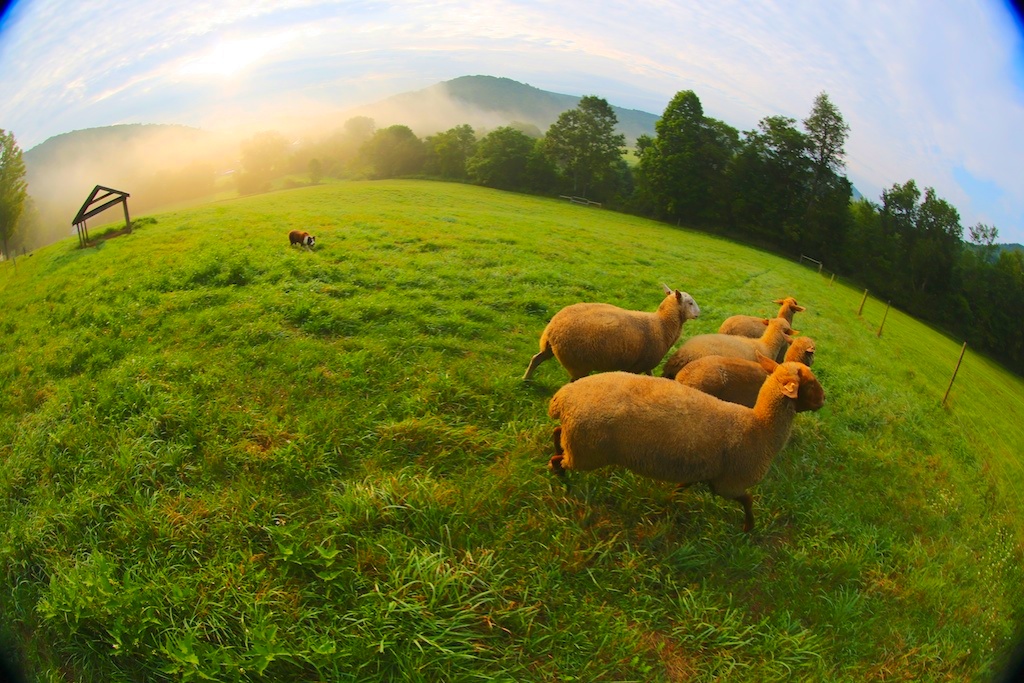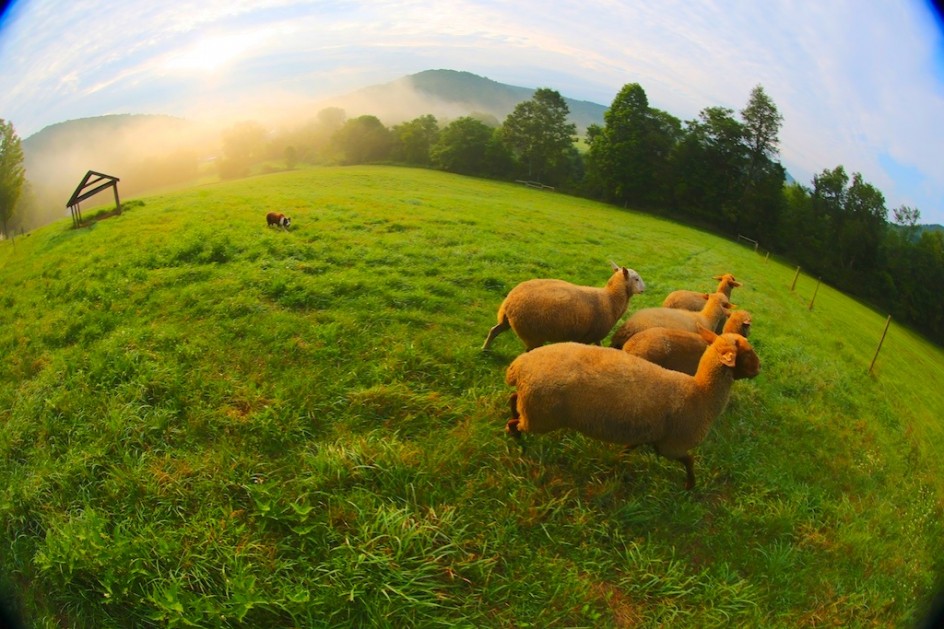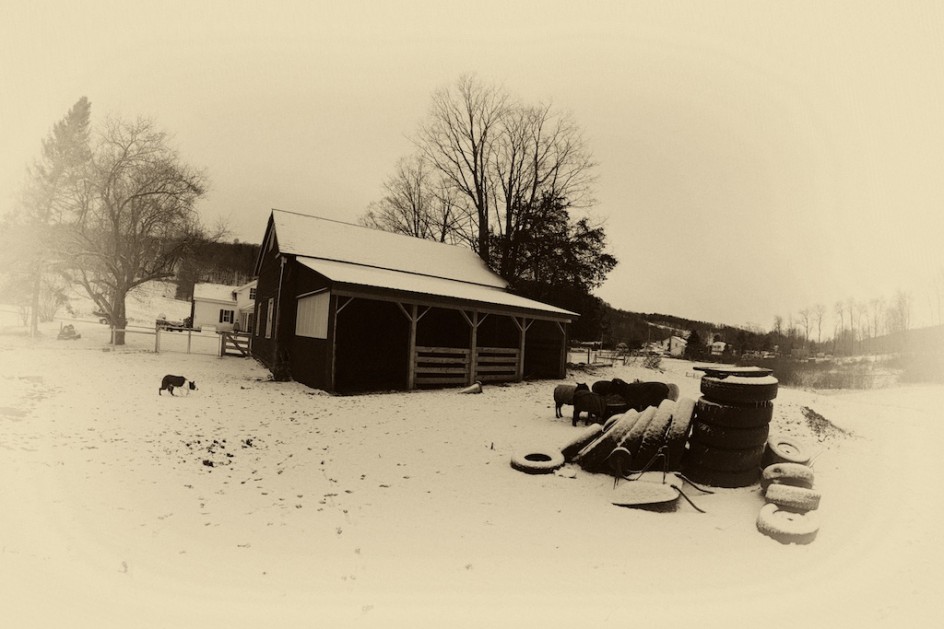
A writer who lost her three-year-old son posted a message on Facebook today – “What Not To Say To A Grieving Parent.” She listed some of the many comments people had made to her that hurt or outraged her. I learned in my volunteer hospice work that there is really nothing you can say to a parent who has lost a child, or to anyone who has lost a loved one except “I’m sorry. Can I help you in any way?” Grief is personal, intense and unpredictable. I learned to let people have their grief and to not try to shape or influence it.
I also learned to be sympathetic to people struggling to know what to say to people in grief. I often heard hospice work how people were upset by the things people told them after a loss – “you have to move on,” “I know how you feel,” “you’ll get over it,” and yet I always understood how difficult it is for most people to know what to say. It isn’t that people want to be cruel or insensitive, it is more, I think, that our culture hides death, buries it out of sight. People in America are hidden away when they die, in hospitals or nursing homes. Death is held in low regard in our world, it doesn’t sell a thing that corporations want to sell, or advertisers want to promote at least not yet. Until recently, our parents died with us, in our and their homes, and people understood what death was. That is no longer true.
This issue comes up again and again in the animal world. People seemed stunned when dogs and cats die, as if they never expected it and are often afflicted by deep and prolonged grief. When I wrote “Going Home: Finding Peace When Pets Die,” I also encountered many people who were angry about things said to them – the same precise words, sometimes, that the mother above was talking about. I even wrote a brief chapter on the things that were not helpful to say.
The media is addicted to the coverage death, especially unnatural death, but not dying. The process of dying has become a taboo, a heresy. There are no popular songs about it, no hit movies that deal with it, it is never, ever on television. We make sure our dying are hidden from view, bodies moved in closed vans, transported at night in secret. Small wonder people are at a loss for words when they are confronted with someone’s loss. I saw the great shock of children seeing their grandparents die, utterly unaware even of the concept of death. I learned writing “Going Home” that the death of a pet is a profoundly valuable lesson for children, if they are included in the process. It prepares them for life.
Death is our universal experience and even more frequently, that of the animals we love. People thrown into grief – for people, for pets – suddenly enter an alien world. They feel shunned, avoided, misunderstood. No one around them is speaking their language, can understand what they are feeling. And how could they? Losing an animal is very different that losing a child, and I have lost both. I never know what to say or to feel.
Of all the hospice visits Izzy and I made, I remember Timmy the most vividly. He was a seven-year-old boy dying of brain cancer. His single mother, gaunt and exhausted from weeks of tending to him, sitting up with him, could barely speak, except to say, over and over again, “I’m not doing enough,” “I’m not doing enough.” I wanted to shake her and ask her what she could possibly be doing that she wasn’t doing. But that wasn’t my place. I wasn’t there to make her feel better, only to make her more comfortable. There would be no happy ending to this story. The only time she rested was when Izzy sat next to Timmy and the two of them slept together. Then she could rest, too.
When I saw her at Timmy’s funeral, she rushed up to me and collapsed in tears in my arms. She looked up at me and I thought about what I might say to her. “My God, my God,” she said. “Timmy is gone, he’s gone.” I said nothing, because there was nothing to say, and it was perhaps the most eloquent and appropriate statement I have ever made.

